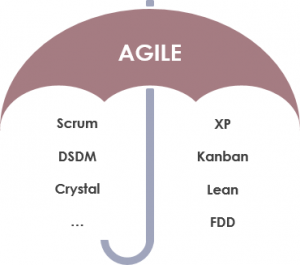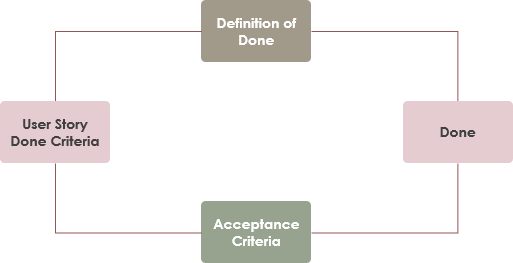When the Agile Manifesto was created, there were quite a few “lightweight” development processes; Other such methods have since emerged. They are now collectively referred to as “agile” methods. Since the birth of the Agile Manifesto in 2001, there has much buzz around being agile. The Agile approach is just a way of thinking that enables teams and organizations to innovate, quickly respond to changing demand, while mitigating risk. Organizations can be agile using many of the available frameworks available such as Scrum, Kanban, Lean, XP, etc…
Continue reading









